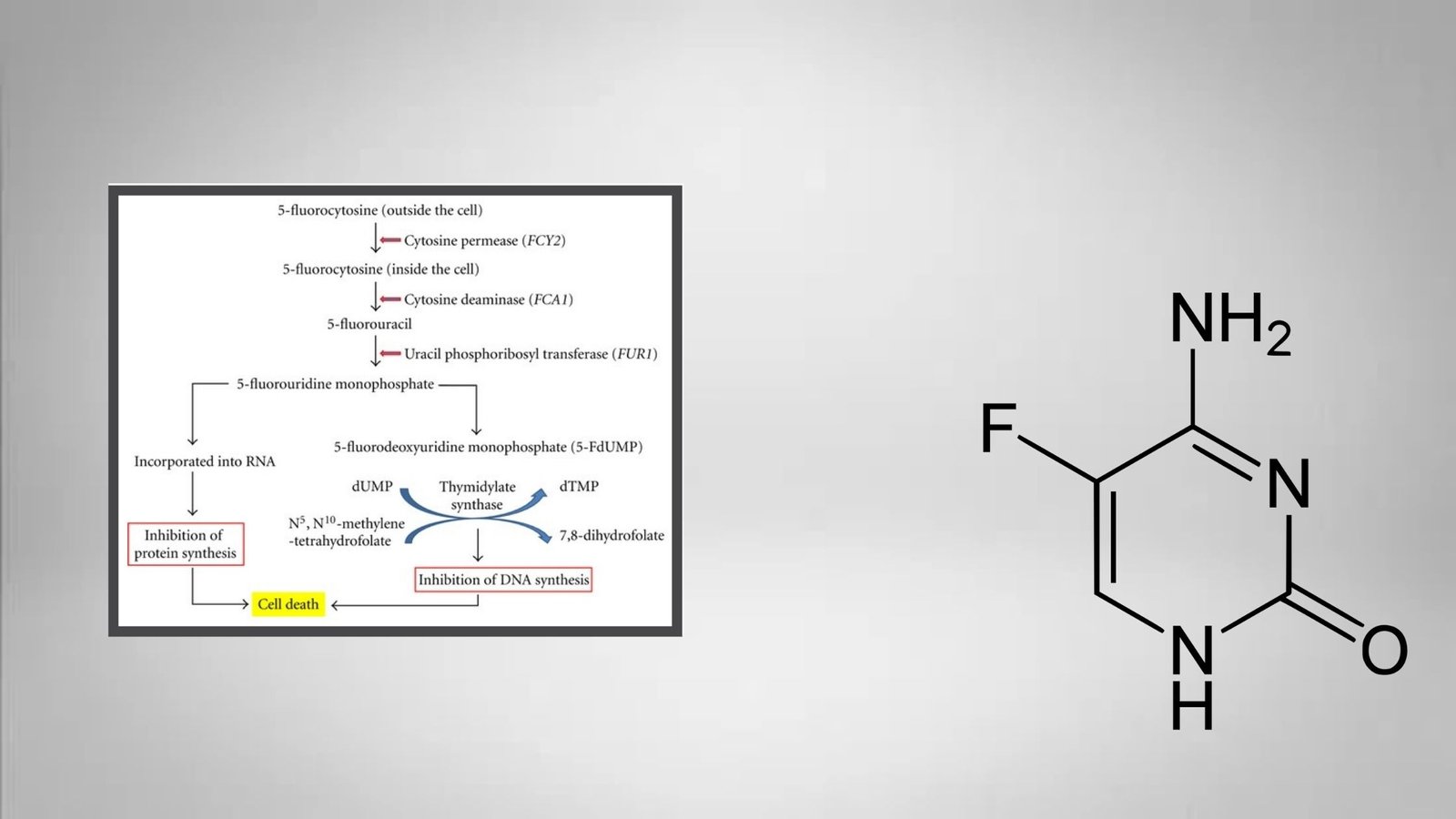Bath Solution (Ca2+/Mg2+ Free) Preparation
Bath Solution Preparation To prepare 1L of Bath Solution (Ca2+/Mg2+ Free) the following components are required; Component Amount Concentration KOH (mw: 56.11 g/mol) 7.854 g 0.14 M HEPES (mw: 238.3 g/mol) 4.766 g 0.02 M KCl (mw: 74.55 g/mol) 149 mg 0.002 M EGTA (mw: 380.35 g/mol) 1.902 g 0.005 M Methanesulfonic acid (mw: 96.11 … Read more





